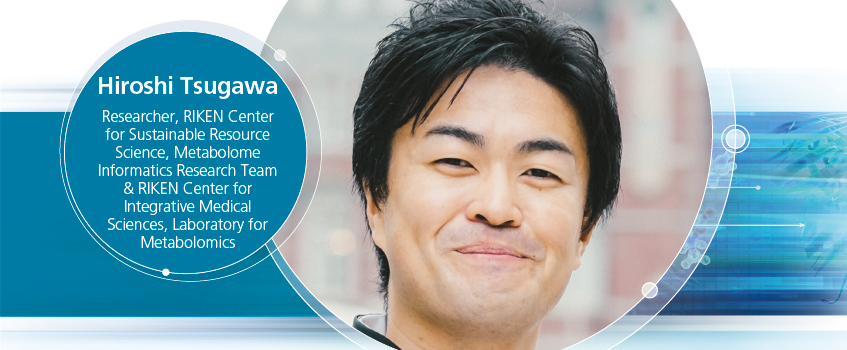- Home
- Sobre nós
- Customer Profile
- Hiroshi Tsugawa
Project Goal
To achieve the global identification of metabolomes including bacterial, plant, human host, microbiota, and exposome compounds. This is achieved by advancements in analytical chemistry and informatics, mainly focusing on the computational science.
The Solution
- Creating data processing software programs to efficiently extract metabolite ion features
- Formulating the relationship between metabolite structures and mass fragmentations using enriched mass spectral databases
- Creating new algorithms for predicting molecular formula, metabolite class (ontology), and structure
Biggest Challenges Right Now
- Developing a universal software program for handling metabolomics data from infusion, ion mobility, and conventional LC-MS data
- Linking to genomics, transcriptomics, and proteomics with the identified metabolites
- Improving the coverage of metabolomics and lipidomics, especially for natural products and microbiota metabolites
Outcomes of Research
- 12 informatics tools including MS-DIAL, MS-FINDER, and MRMPROBS that are published in “Computational metabolomics” section in RIKEN PRIMe.
Type of Organization
A comprehensive research institution renowned for basic and applied sciences, and a world leader in a diverse array of scientific disciplines.
Goals
To achieve the global identification of metabolomes in various living organisms by creating novel methodologies in mass spectrometry and the computational sciences.
SCIEX Products
- TripleTOF® 6600 system
- TripleTOF® 5600 system
- QTRAP® 5500 LC-MS/MS system
- QTRAP® 4500 LC-MS/MS system
